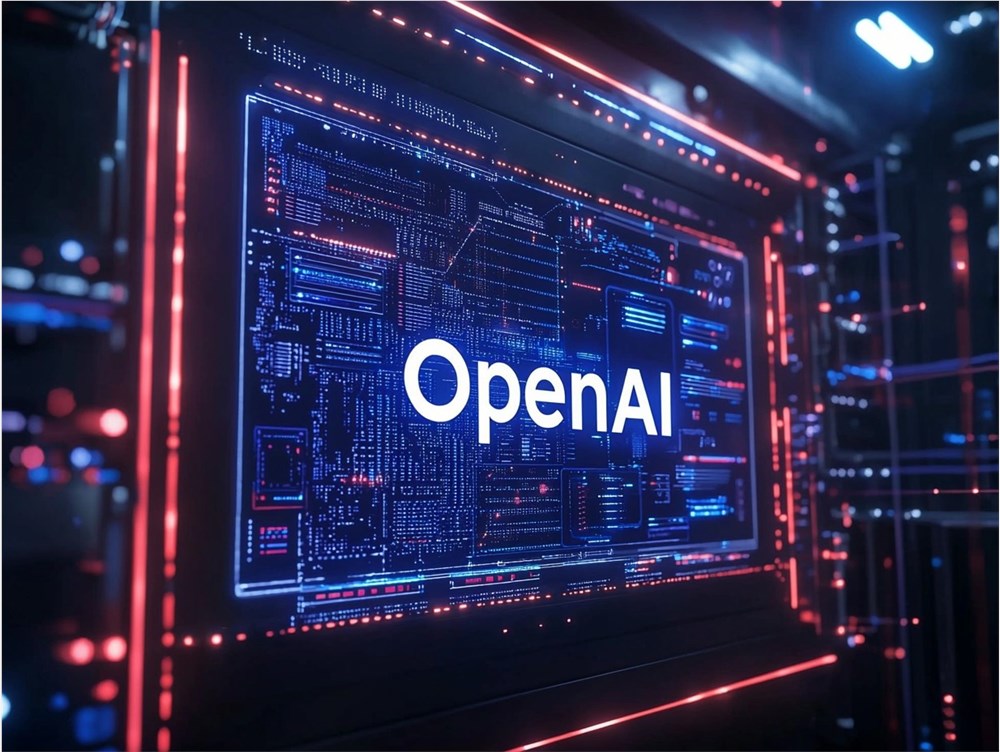New research from Georgetown University, Epoch AI, and the RAND Corporation warns that if current trends continue, data centers used to train and run artificial intelligence (AI) will experience explosive growth within the next decade. This growth could involve millions of chips, cost hundreds of billions of dollars, and require power equivalent to that of a large city.
The study analyzed data from over 500 AI data center projects globally from 2019 to the present, revealing a startling growth trajectory. While computing power in these centers more than doubles annually, electricity demand and capital expenditures are rising in tandem. Researchers highlight the significant challenges in building the infrastructure needed to support AI's development over the next ten years.

OpenAI recently revealed that approximately 10% of the global population uses its ChatGPT platform and plans to collaborate with companies like SoftBank to raise up to $500 billion to build an AI data center network in the US and other regions. Meanwhile, tech giants like Microsoft, Google, and AWS have committed hundreds of millions of dollars this year to expand their data center capacity.
The report uses xAI's Colossus as an example, highlighting its approximately $7 billion hardware cost, which increased 1.9 times annually between 2019 and 2025, while its power demand doubled yearly during the same period. Colossus's power consumption is estimated at 300 megawatts, equivalent to the electricity used by 250,000 households. The research predicts that by June 2030, leading AI data centers could house 2 million AI chips, costing up to $200 billion, with a power demand of 9 gigawatts—the equivalent of nine nuclear reactors.

Despite significant improvements in data center energy efficiency over the past five years—computing performance per watt increasing 1.34 times annually—these gains haven't fully offset the growing electricity demand. Wells Fargo analysis also indicates a projected 20% increase in data center energy consumption by 2030, potentially straining renewable energy-dependent grids and potentially stimulating reliance on non-renewable sources like fossil fuels.
Beyond electricity demand, AI data centers present other environmental and economic concerns, including high water consumption, land use, and potential erosion of local tax revenues. The non-profit organization "Good Jobs First" estimates that at least ten states lose over $100 million annually in tax revenue due to overly generous incentives for data centers.
The researchers acknowledge the inherent uncertainties in these predictions. A mid-April report by Cowen analysts suggests a potential "cooling off" in the data center market by early 2025, reflecting industry concerns about unsustainable expansion. Recently, hyperscalers like AWS and Microsoft have withdrawn some data center projects.










